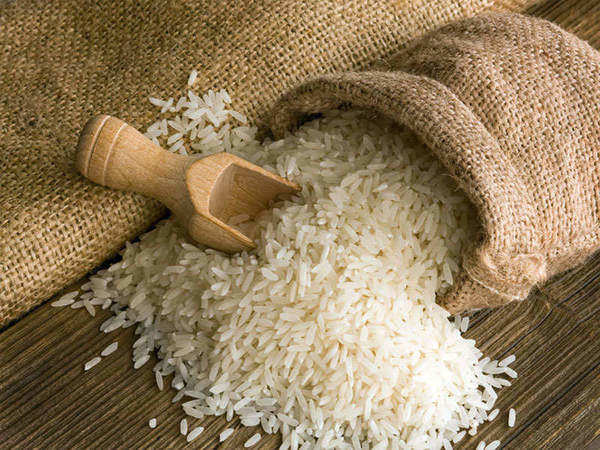Glycemic Load is the measure of the carbohydrate content of the food together with the rapidity through which it increases the blood glucose levels. The Glycemic Index is a convenient manner of making healthy diet choices and it helps to compare with the alternative sources of nutrients in terms of the blood glucose levels.

Calculation of Glycemic Load of White Rice
GL (Glycemic Load) = GI X Carbohydrate / 100
According to the University of Sydney, the low, medium, and high glycemic loads can be illustrated as follows :
- Low Glycemic Load = 0 to 10
- Medium Glycemic Load = 11 to 19
- High Glycemic Load = 20 and Over
In our assumption, we have to take an example to calculate the glycemic load of white rice :
Mathew has enough white rice to make a 200g ( when cooked) portion of rice which will provide 60g of carbohydrate. White rice has a glycemic index value of 85.
Glycemic Load of White Rice Portion of 200 g
= GI X Carbohydrate / 100
= 85 x 60 / 100
= 51
Thus, the glycemic load of 200 g of cooked white rice is 51 which is high.
Calculation of Glycemic Load of Basmati Rice
In our assumption, we have to take an example to calculate the glycemic load of basmati rice :
Again, Mathew has enough white rice to make a 200g ( when cooked) portion of basmati rice which will provide 50g of carbohydrate. Basmati rice has a glycemic index value of 55.
Glycemic Load of Basmati Rice Portion of 200 g
= GI X Carbohydrate / 100
= 55 x 50 / 100
= 27.5
Thus, the glycemic load of 200 g of cooked basmati rice is 27.5 which is still higher as per the glycemic load charts but can be consumed once in a while during a low carb diet.
Is White Rice Safe for Diabetes?
If you have a chronic ailment like diabetes, you are aware that your blood sugar level spikes up when you include more carbohydrates in your diet. The total portion of the carbs that we consume determines the function of the blood sugar level in our body. So, it is highly suggested that you avoid all forms of cooked white rice from your meals to maintain your diabetes levels.
- White rice is not safe for diabetic patients.
- Alternatively, you can have khichdi made of ‘Gobindobhog Rice’ and it can be a much better option.
Is Basmati Rice Safe for Diabetes?
Basmati rice is not suggested to a patient with diabetes due to its high GL value. Although a much better option than traditional white rice, we can only suggest having basmati rice once in a while for patients who have a record of chronic diabetes. Thus to wrap up:-
- Eating basmati rice occasionally to meet your cravings is still fine.
- Per serving should not contain more than a handful of basmati rice.
Can I Eat White Rice During a Fat-Loss Diet?
No, you should avoid eating white rice during a strict fat-loss diet. If you are looking for good results, you should avoid all foods which have a GL value of 20 and more. In case you have a strong urge to eat rice, go for basmati rice as a better option.
- White rice should be avoided during a fat-loss period.
- As an alternative, you can have basmati rice.
- In case, you are on a strict low-calorie diet; go for slim rice.
Can I Eat Basmati Rice During a Low-Carbohydrate Diet?
Again, you are not advised to eat basmati rice regularly on a low-carb fat-loss diet. Eating basmati rice once a week will not really have a significant effect on your shredding goals. But make sure not to have more than 100g of cooked basmati rice per serving for best results.
- You can eat basmati rice once a week during a low-carbohydrate diet.
- You can also have khichdi once a week made from ‘Gobindobhog Rice’ once a week.